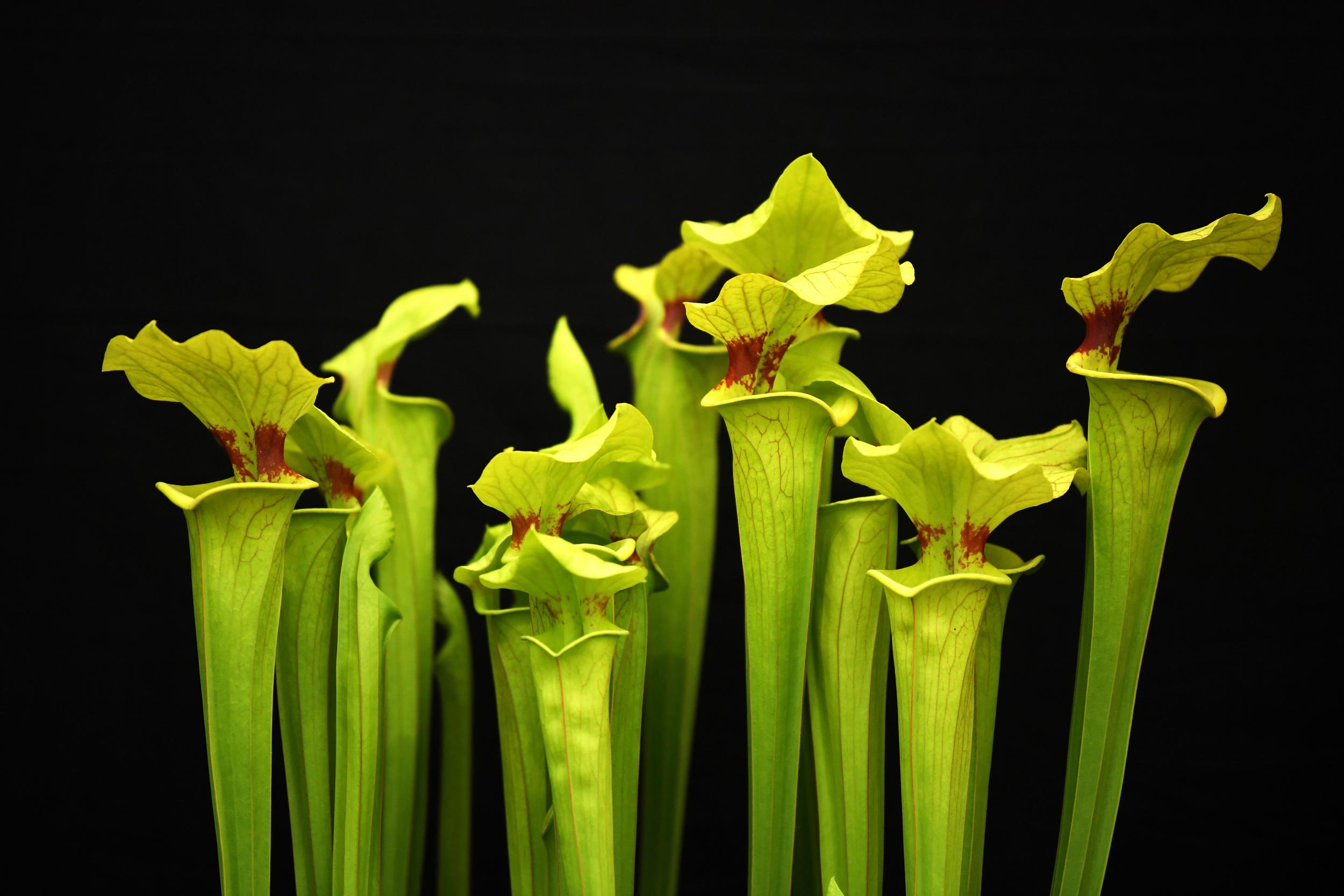Flesh-eating plants found feasting on salamanders in North America for first time
Prey caught inside the plant’s specialised leaves is broken down by digestive enzymes
Your support helps us to tell the story
From reproductive rights to climate change to Big Tech, The Independent is on the ground when the story is developing. Whether it's investigating the financials of Elon Musk's pro-Trump PAC or producing our latest documentary, 'The A Word', which shines a light on the American women fighting for reproductive rights, we know how important it is to parse out the facts from the messaging.
At such a critical moment in US history, we need reporters on the ground. Your donation allows us to keep sending journalists to speak to both sides of the story.
The Independent is trusted by Americans across the entire political spectrum. And unlike many other quality news outlets, we choose not to lock Americans out of our reporting and analysis with paywalls. We believe quality journalism should be available to everyone, paid for by those who can afford it.
Your support makes all the difference.Flesh-eating pitcher plants living in a bog in Canada have for the first time been spotted regularly feasting on salamanders.
The carnivorous plant – also known as a “turtle sock plant” – was previously believed to feed almost exclusively on spiders and small insects who fell into their bell-shaped leaves and drowned in small pools of water. When researchers found creatures like rats and frogs in pitcher plants they assumed it was an accidental one-off.
However, biologists from the University of Guelph found these plants regularly devour young spotted salamanders, which they can digest in less than two weeks.
Twenty per cent of pitcher plants surveyed in a bog in Ontaraio's Algonquin Provincial Park had salamanders in – and many traps contained more than one, according to the study published in the journal Ecology.
It’s still not known how the salamanders end up in the pools, but it could be because they were trying to catch insects attracted to the plant. Others may have entered in a bid to escape predators.
Prey caught inside the plant’s specialised leaves are broken down by digestive enzymes.
Heat, starvation or infection by pathogens, may also kill salamanders trapped, according to lead researcher Dr Alex Smith.

These amphibians – each around the length of a human finger – are highly nutritious for the plants that like growing in nutrient-poor acidic bogs.
Some trapped salamanders died within three days, while others lived for up to 19 days.
“I hope and imagine that one day the bog’s interpretive pamphlet for the general public will say, ‘Stay on the boardwalk and watch your children. Here be plants that eat vertebrates,’” said Dr Smith.
Other flesh-eating plants grow in nutrient-poor environments around the world. They include sundews, which use their sticky leaves to catch insects, and the Venus flytraps which shut their “traps” when an insects lands on it.
Meat-eating pitcher plants have been known about since the eighteenth century and there are nearly 600 varieties around the world.
One species discovered a decade ago in Asia consumes mostly insects and spiders but also captures small birds and mice.

Join our commenting forum
Join thought-provoking conversations, follow other Independent readers and see their replies
Comments